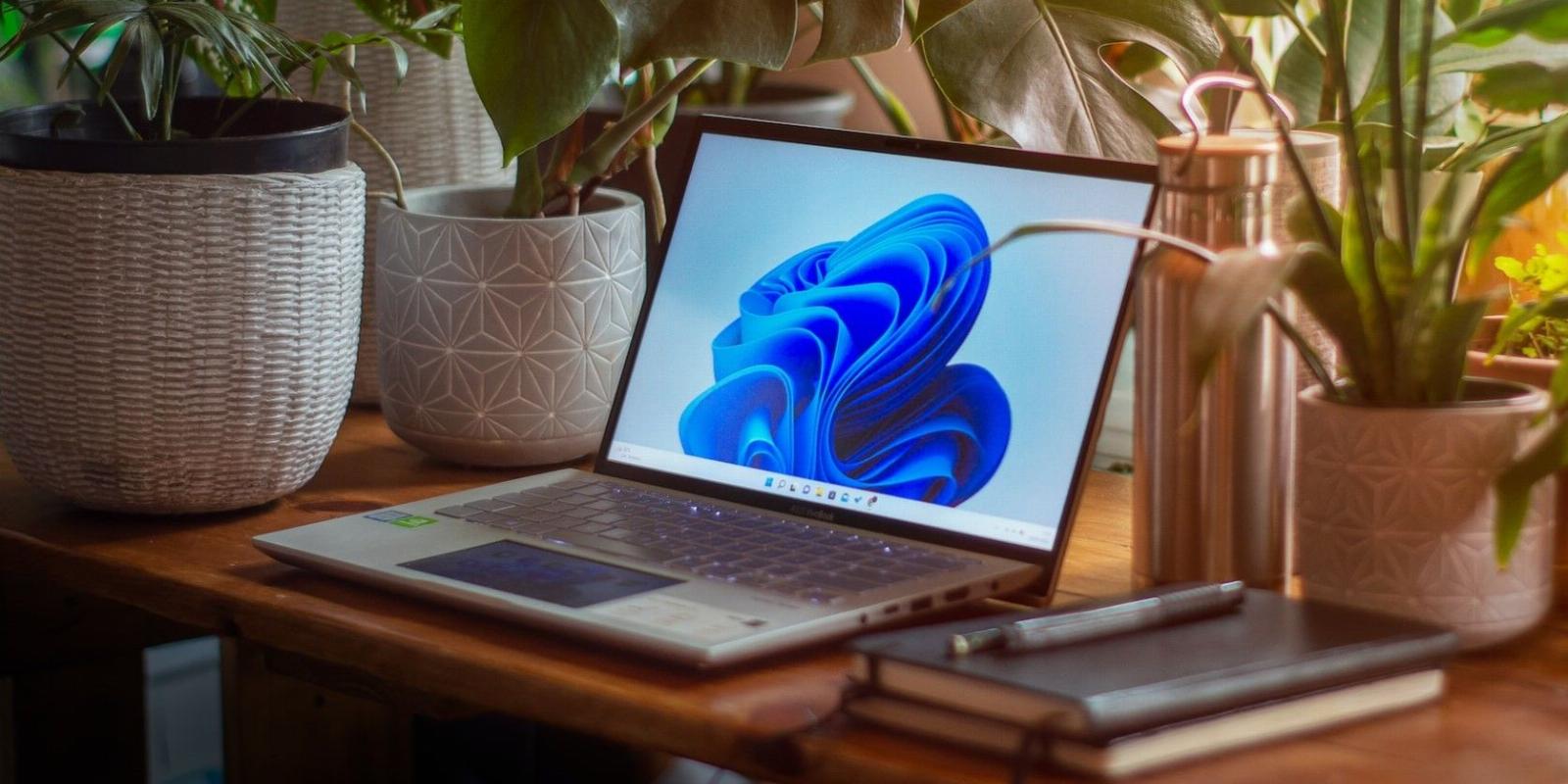
5 Ways to Add Apps to Your Startup on Windows
Reading Time: 3 minutesWant your apps to wake up alongside your PC? Here’s how to add startup apps to Windows.
Chances are that you use a certain set of applications every time you work on your computer. It’s very inconvenient to launch them one by one on every system startup.
To tackle this situation, you can configure your frequently used applications to launch automatically on every boot. Let’s look at five different ways by which you can add apps to startup up on Windows.
1. Add Apps to Startup Using the Task Manager
The Task Manager is an essential Windows tool that lets you monitor applications and processes running on your system. You can use it to gather important computer information, such as CPU, Memory, Disk, and Network usage.
The Task Manager also lets you add or remove startup apps. To add apps to startup using the Task Manager, follow the below steps:
- Open the Task Manager (see how to open the Task Manager) and click the hamburger icon in the left sidebar.
- In the navigate window, choose the Startup apps option.
- Right-click on the app you want to launch automatically on startup and choose the Enable option.
Now, for any reason, if you want to remove apps from startup, open the Startup apps section in the Task Manager, right-click on the app you want to remove and choose Disable.
2. Add Apps to Startup Using the Registry Editor
Another quick way to add programs to the startup is to use the Registry Editor. Here’s how to do it:
- Right-click on the shortcut icon of the app you want to add to the startup and choose Properties.
- In the Shortcut tab, copy the location next to the Target option.
- Open the Registry Editor and navigate to the following location:
HKEY_LOCAL_MACHINE\Software\Microsoft\Windows\CurrentVersion\Run - Right-click on the blank area, click New, and then choose String Value.
- Give it the name of the app you want to add to the startup. For instance, if you want to add Asana to the startup, name the String Value ‘Asana.’
- Next, paste the Target location you copied in the Value data section.
- Click OK to save the changes.
3. Add Apps to Startup Using the Command Prompt
Windows built-in command line tool Command Prompt can come in handy to eliminate system issues or access files and folders. But do you know you can also use it to add programs to the startup? We’ll show you how.
- Use one of the many ways to launch Command Prompt on Windows.
- In the console, type the following command and press Enter. Make sure to replace AppName with the name of the application you want to add to the startup and AppLocation with the app’s location (copied the location in the above method).
REG ADD 'HKLM\SOFTWARE\Microsoft\Windows\CurrentVersion\Run' /V 'AppName' /t REG_SZ /F /D 'C:\AppLoaction'
4. Add Apps to Startup Using the Task Scheduler
The Task Scheduler is a Windows utility using which you can run predefined Windows tasks automatically. To use the Task Scheduler to schedule an application to run on startup, follow these instructions:
- Press Win + S to open Search, type Task Scheduler in the search bar, and press Enter.
- Click the Action tab and choose Create Task from the context menu.
- In the new window that crops up, type the name of the app you want to add to start up in the Name section.
- Check the Run with highest privileges box.
- Switch to the Triggers tab, and click the New option.
- Click the drop-down icon next to Begin the task and choose At startup. Then, click OK.
- Now, switch to the Action tab and click the New option.
- Paste the app’s location in the Program/script section and click OK.
5. Add Apps to Startup Using the Startup Folder
The Startup folder is a special folder on Windows that automatically runs the programs stored in it. This folder is situated at the following location:
C:\ProgramData\Microsoft\Windows\Start Menu\Programs\StartUp
To use the Startup folder, check out our guide on how to use the Startup folder to automatically run programs placed inside it.
Manage Startup Applications on Windows
Now you know all the methods to configure apps to launch automatically on every system boot. Although adding regularly used applications to startup saves a lot of time, on the negative side, it can increase the system startup time. Thus, make sure you only add important applications to the startup.
Reference: https://www.makeuseof.com/windows-add-apps-startup/
Ref: makeuseof
MediaDownloader.net -> Free Online Video Downloader, Download Any Video From YouTube, VK, Vimeo, Twitter, Twitch, Tumblr, Tiktok, Telegram, TED, Streamable, Soundcloud, Snapchat, Share, Rumble, Reddit, PuhuTV, Pinterest, Periscope, Ok.ru, MxTakatak, Mixcloud, Mashable, LinkedIn, Likee, Kwai, Izlesene, Instagram, Imgur, IMDB, Ifunny, Gaana, Flickr, Febspot, Facebook, ESPN, Douyin, Dailymotion, Buzzfeed, BluTV, Blogger, Bitchute, Bilibili, Bandcamp, Akıllı, 9GAG